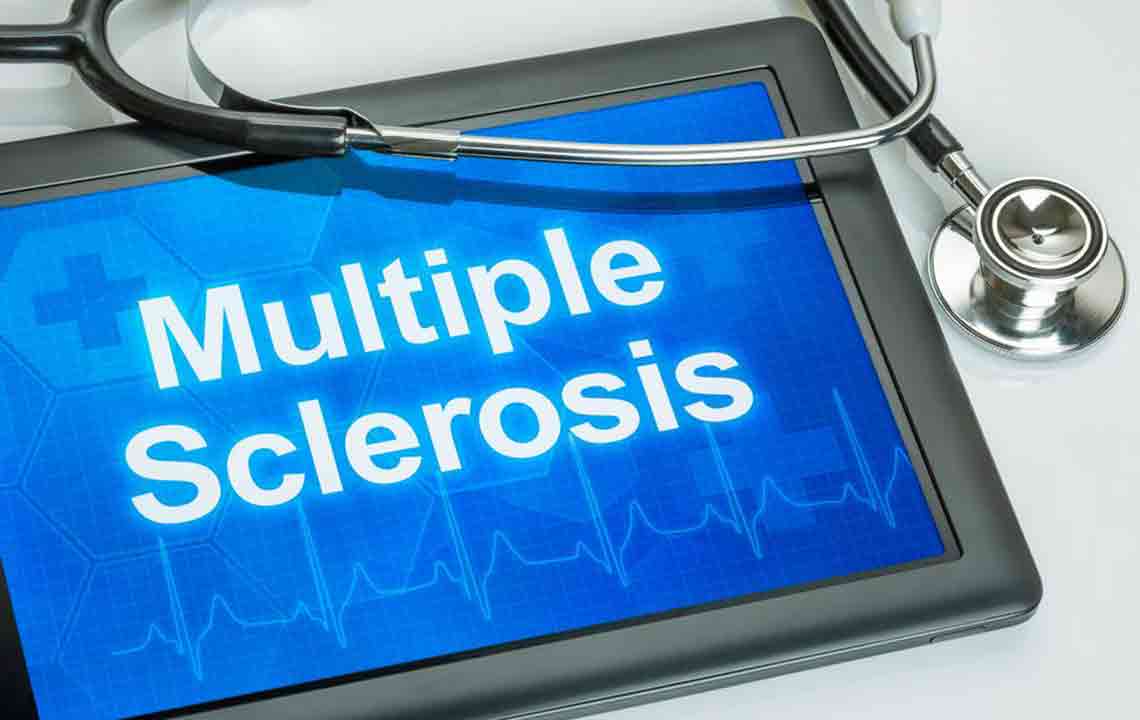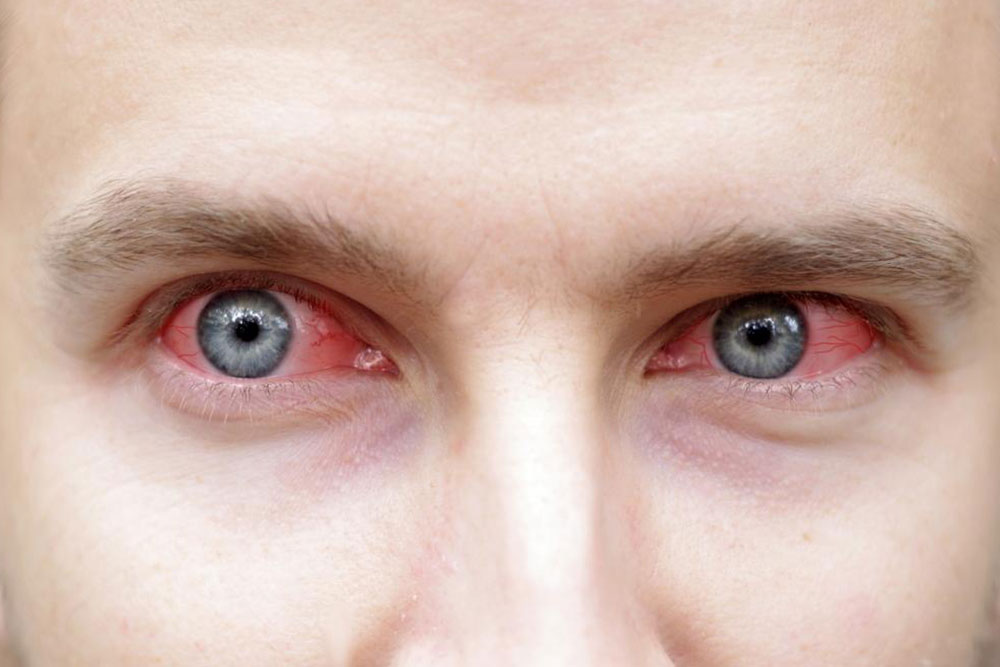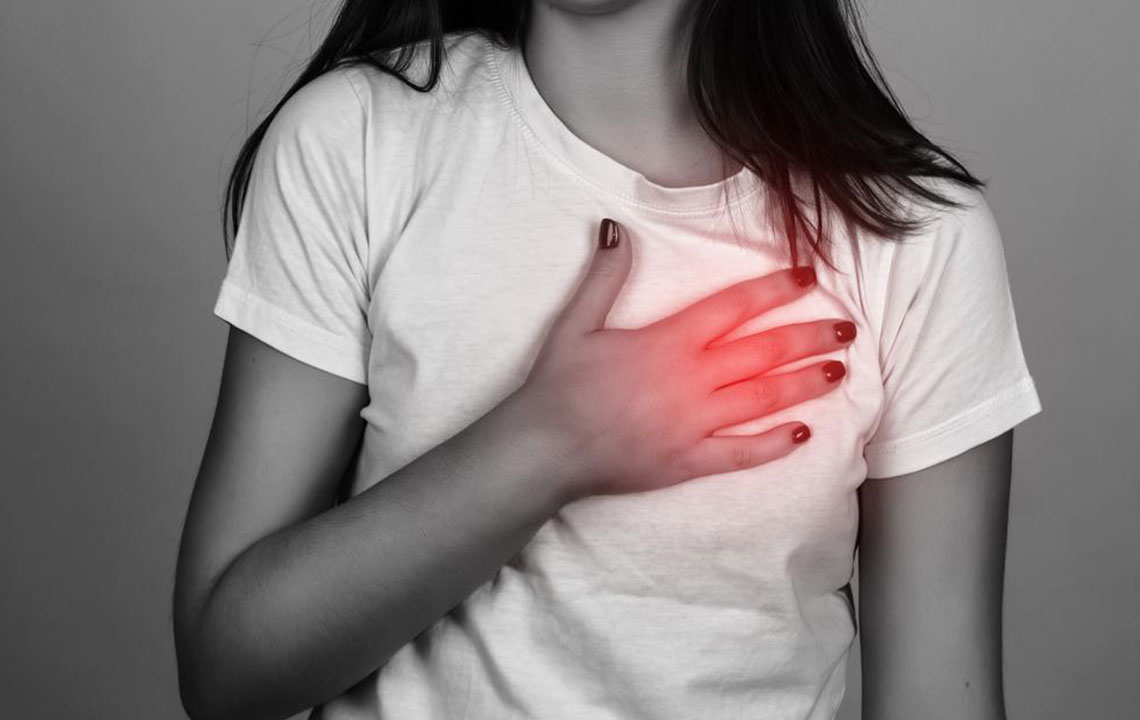Understanding Stiff Person Syndrome: Types, Causes, Symptoms, and Management
Stiff Person Syndrome (SPS) is a rare neurological autoimmune disorder characterized by muscle stiffness, spasms, and varying severity. It has different forms, including classic SPS, PERM, focal, and paraneoplastic types. Causes involve autoimmune responses targeting neural enzymes like GAD, disrupting muscle control. Symptoms include rigidity, spasms triggered by external factors, and posture issues. Diagnosis relies on antibody testing, EMG, and lumbar puncture. While no cure exists, therapies such as physical treatments and IVIG can manage symptoms effectively, enhancing patient quality of life.

Understanding Stiff Person Syndrome: An Overview of Types, Causes, Symptoms, and Treatments
Stiff Person Syndrome (SPS) is an uncommon neurological disorder that progressively affects muscles, leading to stiffness, painful spasms, and other severe symptoms. As an autoimmune condition, it results from the immune system attacking the nervous system. Originally called stiff man syndrome, it’s now known that anyone—regardless of age or gender—can develop SPS. The condition varies in presentation and severity among individuals.
Types of Stiff Person Syndrome
Classic SPS
The most common form, affecting around 80% of cases, involves antibodies that target the enzyme glutamic acid decarboxylase (GAD), disrupting normal muscle control.
PERM (Progressive Encephalomyelitis with Rigidity and Myoclonus)
A severe variant characterized by eye movement issues, altered consciousness, autonomic dysfunction, and jerking, often requiring hospital intervention. GAD-related antibodies are also involved.
Focal SPS
This subtype affects only a specific limb, causing localized stiffness and spasms.
Paraneoplastic SPS
Associated with cancers like lung, breast, or colon cancer, this version involves different antibodies and impacts the nervous system in cancer patients.
Causes of SPS
The precise cause remains unclear, but evidence suggests that SPS arises from an autoimmune attack on the central nervous system, especially affecting the spinal cord and brain. Many patients produce antibodies against GAD, which inhibits the production of GABA—a neurotransmitter crucial for muscle relaxation. Some individuals also have antibodies targeting other receptors like DPPX or amphiphysin. Notably, some patients show no detectable antibodies.
Risk Factors
Those with other autoimmune diseases such as thyroiditis, pernicious anemia, vitiligo, or type 1 diabetes are at higher risk. Additionally, SPS predominantly affects women, nearly twice as often as men.
Symptoms
Muscle Rigidity
Mainly beginning in the back, chest, and abdomen, rigidity can extend to limbs and worsen over time.
Painful Muscle Spasms
Spasms can be localized or widespread, often triggered by loud noises, sudden movements, touch, temperature changes, or stress.
Anxiety and Phobias
The unpredictability of spasms may lead to anxiety or phobias related to crowded or open spaces.
Poor Posture
Severe stiffness may cause a stooped posture, affecting mobility.
Diagnosis
Diagnosing SPS can be challenging because symptoms mimic other neurological or autoimmune conditions like multiple sclerosis or Parkinson’s disease. Diagnosis involves patient history, physical examinations, and specific tests such as:
Antibody Blood Test
Measures GAD antibody levels; higher than normal levels support SPS diagnosis.
Electromyography (EMG)
Records muscle electrical activity to identify abnormal responses.
Lumbar Puncture
Analyzes cerebrospinal fluid for GAD antibodies and other markers.
Treatment Options
Although there is no cure for SPS, various therapies can alleviate symptoms and improve quality of life. Treatments include physical therapy, massage, heat therapy, hydrotherapy, acupuncture, and in some cases, stem cell therapy. Intravenous immunoglobulin (IVIG) has shown promise in reducing severity by modulating immune responses.









